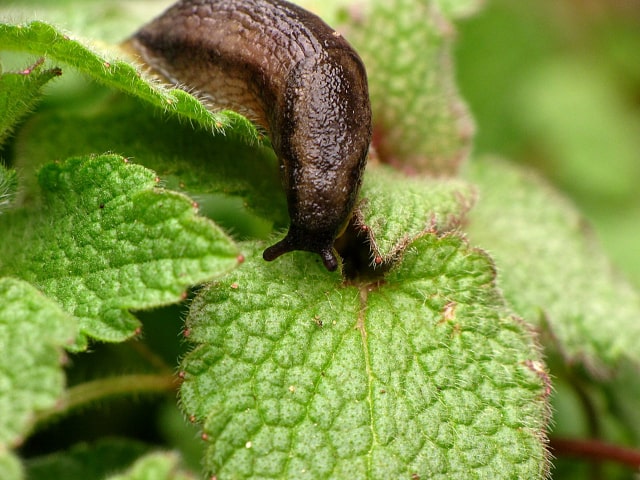
Slugs are common pests in many gardens. They can attack many different types of plants, and they can cause a lot of damage. While most people focus on insects when it comes to garden pests, it is important to remember that slugs are among the most persistent pests that a garden can have.
Because of this, it is important to have a quick and effective repellent for slugs. There are many different methods you can use, but one of the best is seaweed slug repellent. While it may sound extravagant, seaweed is an easy thing to use and a very good way to prevent slugs from attacking your plants.
Why Using Seaweed Slug Repellent?
Seaweed is one of the most effective slug repellents. While it might not be easy to get, it is a great way to prevent slugs from attacking your plants. It is very much worth the effort, and it's an organic way to deter slugs. This is a great method for all people who wish to maintain an organic garden.
Another advantage to seaweed is that it is a great amendment for garden soil. So, by using seaweed, you are not only deterring slugs but are also improving the soil in your garden, which also benefits your plants.
Seaweed contains a lot of salt, and slugs hate salt. This is a very quick way to deter them from an area. If you place seaweed mulch around your plants, it will prevent slugs from attacking. Also, once it dries, seaweed becomes very rough, which will deter slugs even more.
Applying Seaweed Slug Repellent
An organic seaweed slug repellent will work as a mulch. You will need fresh seaweed that is wet. It will dry later around your plants, providing protection against slugs.
To use seaweed slug repellent, simply mulch the seaweed around the perimeter of the garden bd or around the base of your plants. Make sure to place at least 3 to 4 inches of seaweed mulch. You won't need such tall layer but seaweed will shrink considerably, to just about an inch. This is a perfect thickness to protect your plants.
When placing seaweed mulch, make sure not to put it on the plant stems. It should never be in direct contact with the plant because of its salt content.
Alternatively, you can use dry seaweed. Simply place it around the plant base like you would wet mulch, and also make sure that it doesn't get to plant stems. This seaweed will be sharp already so you won't have to wait it to dry before it provides another obstacle for slugs.
Other Homemade Slug Repellents
You may wish to use seaweed slug repellent in addition to other homemade solutions. There are many different things you can try. The good news is that you can make these repellents easily from household items. Many are even easier to acquire than seaweed, but not all might be as easy to make and use.
Planting garlic can serve as a good slug repellent. It is particularly useful to plant garlic next to your most vulnerable plants. If you don't have room for garlic in your garden, or if you don't want to consider this option, you can also make a garlic spray to apply on your plants. Just make sure to re-apply it regularly, especially after rain.
Another thing you can try is beer. You can attract them by pouring beer into open containers such as jars or cups. Fill them halfway with beer. These can be used to drown slugs. Make sure to place them near the plants, or at places where slugs are most likely to appear. One downside to this method is that it might also kill beneficial critters, so it might be best used as the last line of defense.
Alternatively, you can use baits for slugs. They are attracted to oranges, so you can place squeezed halves around your garden. These will attract slugs so you can easy locate them and remove them from the garden. You may also use grapefruit for the same purpose.
Photo credit: Sandy Sarsfield
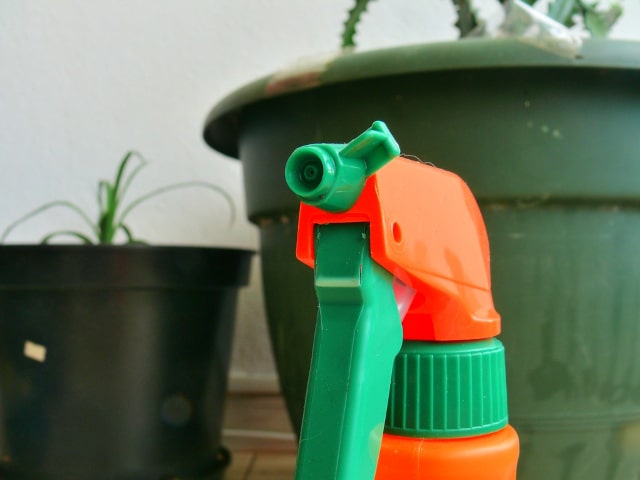
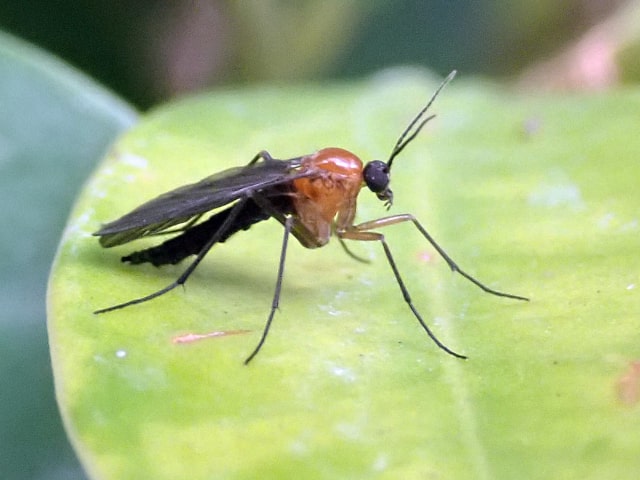
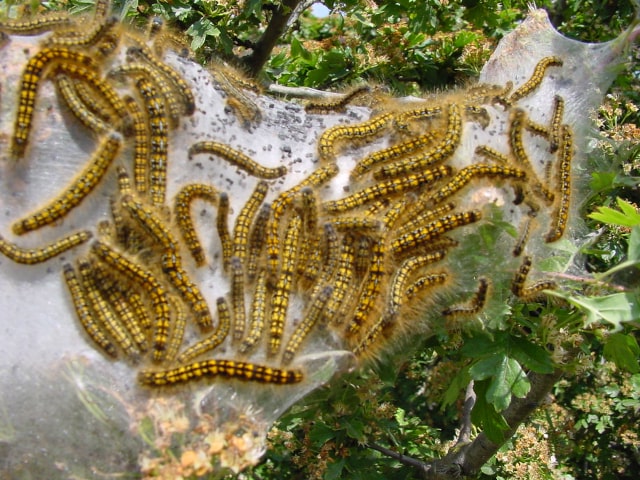
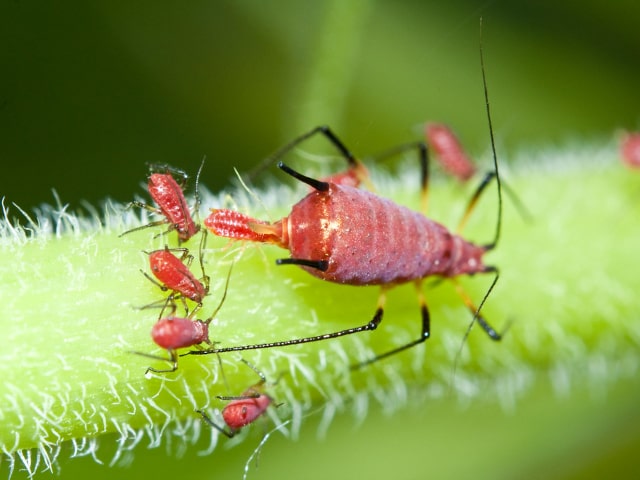
0 Comments